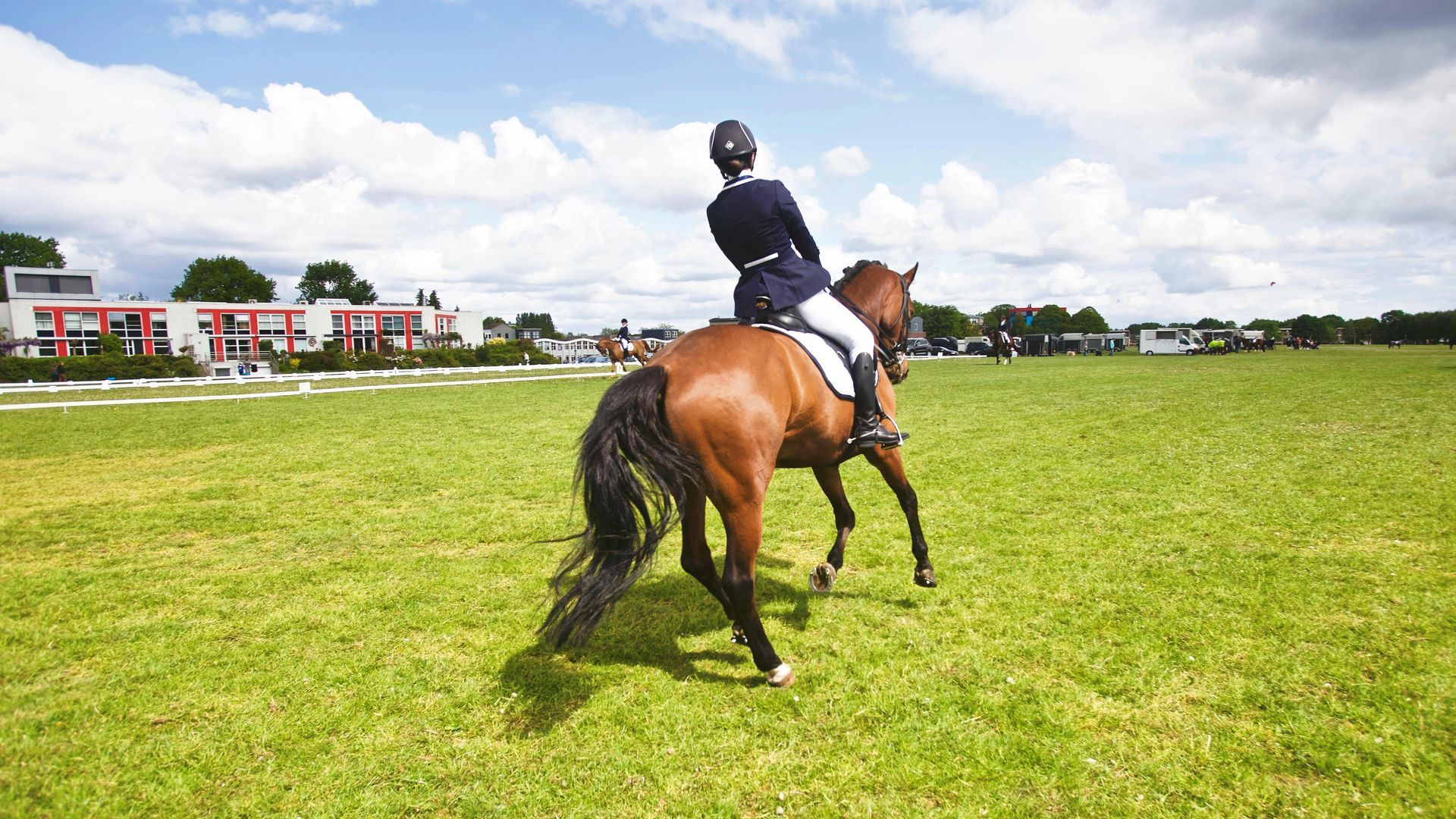Ways to Teach Kids Self-Control
Self-control can be difficult to cultivate, especially for younger children, but with consistent guidance, patience, and practice, it’s possible to lay the groundwork for a lifetime of success. Here are some effective strategies to teach your child self-control.
Ways to Teach Kids Self-Control: Building a Foundation for Success
1. Model Self-Control Yourself
Children learn by observing their caregivers. If you want your child to demonstrate self-control, you must show them what it looks like in your everyday actions. Whether it’s handling a stressful situation calmly or resisting the urge to react impulsively, your behavior serves as a live example for your child to follow.
Be mindful of your reactions: If you’re upset or frustrated, try to maintain composure. Your child will notice and learn from how you handle these emotions.
Practice delayed gratification: Show your child that waiting for a reward is not only okay but often more satisfying. For example, if you’re saving up for something special, share this process with them so they see firsthand how patience leads to greater rewards.
By modeling self-control, you give your child a blueprint to follow.
2. Use Positive Reinforcement
When children practice self-control, it’s important to acknowledge and reward their efforts. Positive reinforcement helps reinforce desired behaviors and makes it more likely that they will continue to make good choices.
Praise their efforts: If your child resists the temptation to interrupt during a conversation, or if they wait their turn patiently, be sure to praise them for their self-control. Use specific language like, “I’m proud of how you waited patiently until it was your turn to speak.”
Use rewards: Rewards can be a powerful motivator for children. The reward doesn’t have to be extravagant. It can be something simple like extra playtime or a sticker chart. As children grow older, they can work toward larger rewards, like a special outing or a fun activity.
By reinforcing positive behavior, you encourage your child to keep practicing self-control.
3. Set Clear Expectations and Boundaries
Children thrive in environments where expectations are clear and consistent. Setting boundaries teaches children that there are limits to what they can do and that they must regulate their behavior within those limits.
Create simple rules: Make sure your child understands the rules of the household and what is expected of them. Keep the rules clear and age-appropriate, like "We use inside voices in the house" or "We wait for our turn at the table."
Be consistent: Consistency is key to helping children understand the importance of self-control. When rules are consistently enforced, children are more likely to respect them. If consequences for breaking a rule are inconsistent, children may become confused or frustrated.
Consistency and clarity in setting boundaries are essential for teaching kids self-control.
4. Teach Delayed Gratification
Delayed gratification is a cornerstone of self-control. The ability to resist immediate temptations for a more rewarding outcome later is a skill that benefits children throughout their lives, from school performance to managing their finances as adults.
Start small: You can begin by practicing small delays in your daily routines. For example, you might tell your child, “We can have dessert after we finish our dinner,” or “You can have your toy after you clean up your room.” Over time, they will learn to wait for things they want.
Use the “marshmallow test”: A famous study called the “marshmallow test” involved giving a child a marshmallow and telling them they could either eat it right away or wait 15 minutes to get two marshmallows instead. You can adapt this idea at home by offering your child a small reward and teaching them to wait for a bigger one.
Teaching children how to delay gratification helps them manage impulses and make better long-term decisions.
5. Break Tasks Into Manageable Steps
Self-control often involves focusing on one task at a time, and it can be hard for kids to stay focused on long, complicated projects. Breaking down tasks into smaller, more manageable steps helps them stay on track and practice patience and focus.
Use a visual schedule: If your child is struggling with a large task like homework or chores, create a step-by-step checklist that they can follow. Completing small tasks and checking them off will give them a sense of accomplishment and encourage persistence.
Encourage focus: Start by encouraging your child to focus on one thing at a time. For example, you might say, “Let’s finish this puzzle before we play with Legos,” or “Let’s focus on reading this page, and then we can take a break.” This will help them stay engaged without feeling overwhelmed.
By helping children break tasks into manageable steps, you’re teaching them how to practice sustained attention and manage their impulses.
6. Help Them Understand Emotions
Self-control is deeply tied to emotional regulation. Kids often act impulsively when they’re overwhelmed by strong feelings like anger, frustration, or excitement. Teaching children to recognize and manage their emotions is essential for developing self-control.
Label emotions: Help your child put their feelings into words by saying things like, “It looks like you’re feeling frustrated because you can’t find your toy.” Naming the emotion helps the child identify it, which is the first step in managing it.
Teach coping strategies: Help your child learn simple techniques for calming down when they’re feeling upset, such as deep breathing, counting to 10, or taking a break. Over time, they’ll be able to use these strategies on their own.
When children understand and manage their emotions, they’re better able to control their behavior in challenging situations.
7. Practice Patience Through Games
Games are an excellent way to help children develop self-control in a fun and engaging way. Through games, children can practice waiting their turn, following rules, and managing their emotions.
Board games: Classic board games like “Candy Land” or “Chutes and Ladders” require patience, turn-taking, and the ability to wait. Even games that involve strategy, like chess or checkers, can help improve a child’s ability to plan and control their impulses.
Simon Says: This game is an excellent way to teach self-control through listening and following directions. It encourages kids to control their bodies and wait for the right moment to act.
Using games as a tool for teaching self-control makes the process enjoyable and interactive for children.
8. Use Time-Outs as a Learning Tool
Time-outs are a way to help children calm down and reflect on their behavior. While they should not be used as a form of punishment, they can be a useful tool for teaching children self-regulation.
Set a calm space: Designate a quiet area where your child can take a time-out when they need it. This should be a space where they can cool off and regain control over their emotions.
Teach reflection: Instead of just using time-outs as a consequence, use them as an opportunity for your child to reflect on what happened. Ask questions like, “What were you feeling when you acted that way?” and “What could you do next time to stay calm?”
Time-outs, when used effectively, can give children a chance to practice self-regulation and reflect on their actions.
9. Encourage Problem-Solving Skills
Self-control also involves making good decisions in the face of difficult choices. Encouraging problem-solving helps children learn how to approach situations thoughtfully, rather than reacting impulsively.
Ask open-ended questions: When your child faces a challenge, ask questions like, “What do you think is the best thing to do here?” or “What other options do you have?” This encourages them to think critically and consider their options before acting.
Role-play scenarios: Practicing scenarios through role-play can help children develop better decision-making skills. For example, you might role-play a situation where they need to decide whether to share a toy or wait their turn.
Problem-solving skills are invaluable for helping children practice self-control in real-world situations.
10. Be Patient and Persistent
Teaching self-control is a long-term process that requires patience. Kids are still learning how to navigate their emotions and impulses, and it may take time for them to fully master self-regulation. Be consistent with your guidance, and celebrate small victories along the way.
Provide gentle reminders: Children may need regular reminders to stay on track. If your child struggles with impulse control, try saying, “Remember, we’re practicing taking turns” or “Let’s use our calm voices.”
Be patient with setbacks: Self-control is a skill that develops over time, and there will be setbacks. Instead of getting frustrated, acknowledge the challenge and encourage your child to keep trying.
Remember, developing self-control is a journey, not an overnight success. With persistence and encouragement, your child will continue to improve.
Teaching self-control is one of the greatest gifts you can give to your child. By modeling positive behavior, setting clear expectations, encouraging emotional awareness, and creating opportunities for practice, you can help your child develop the tools they need to succeed in life. Whether it’s learning how to manage their emotions, wait patiently, or make thoughtful decisions, self-control will serve them well for years to come. Stay consistent, be patient, and celebrate the progress your child makes along the way.











